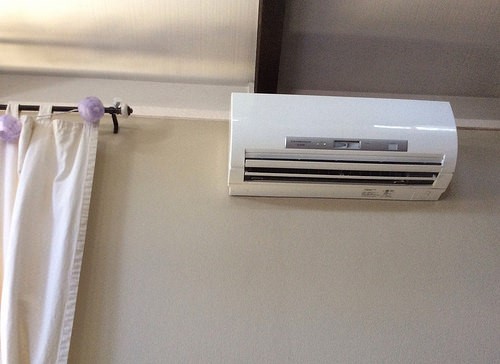Ductless mini-split systems were first introduced in the 1970s as a step above window air conditioning units. They have since grown in popularity as a convenient heating and cooling option when a traditional HVAC system isn’t feasible. Because of this growth in popularity, ductless mini-split systems have also seen several advancements in functionality and capabilities.
Table of Contents
Improved Performance
As ductless mini-split systems have grown in popularity, they’ve seen impressive improvements in their performance. For example, Carrier recently announced a new line of ductless mini-split systems that provide stronger performance in challenging climates. Called the Performance Series, these outdoor units are manufactured to stand up to extreme temperatures. They offer quiet energy-efficient heating operation even if temperatures outside reach -22 degrees Fahrenheit. For ease of use, the outdoor units are compatible with a variety of indoor units.
Smaller Designs
Ductless mini-split systems continue to get smaller and more streamlined. Today you can find lightweight and compact units that are about 7 inches deep. Unlike the window units they were designed to replace, ductless mini-split systems are quiet, versatile, and blend in well with any room. Additionally, since you only need a 3-inch opening to connect the indoor and outdoor units, ductless mini-split systems are an ideal option to bring the comfort of heat and air to homes that don’t have existing ductwork.
Longer Conduit
When ductless mini-split systems were first introduced, the conduit could stretch about 15 feet. While this was ideal for the space-constricted areas ductless mini-split systems were originally intended for, today you can find a variety of lengths of connecting conduits. Some conduits are so long you could have the outdoor unit as far as 50 feet from the indoor evaporator. This longer conduit opens up several individual rooms or zones for heating and cooling that were originally not possible.
Variable Speed Systems
With a traditional HVAC system, the compressor runs at full capacity on a fixed speed until the home reaches the desired temperature, and then it turns off. However, the temperature inside will eventually climb to a point that requires the system to turn back on again, which requires a lot of energy. Today ductless mini-split units offer a variable speed system, which uses an inverter to speed up or slow down the motor depending on the temperature needs. This system can save money and increase comfort by offering more precise temperature control.
Wireless Remote Control
At one time, adjusting the temperature on a ductless mini-split system meant having to get up and walk to the unit. However, many units now come with a wireless remote control that will let you adjust temperature, fan speed, timers, and more without having to leave your seat. This convenient remote control makes it even easier to manage the system and your comfort in each room.
From improved performance and smaller designs to wireless remote controls for operation, the world of ductless comfort has witnessed plenty of new and emerging technologies to make these popular systems even more functional.


